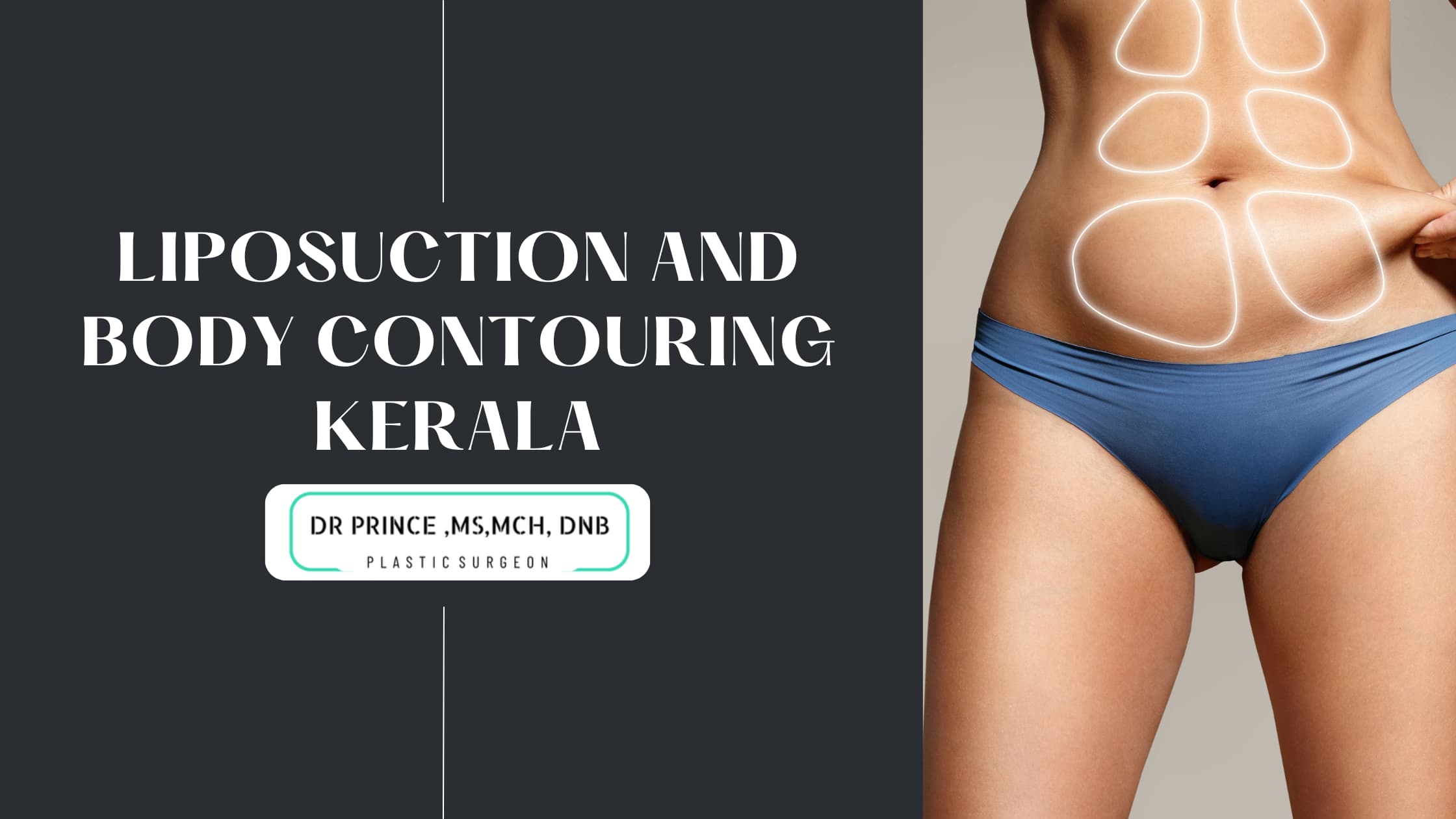Introduction:
Tummy tuck, medically known as abdominoplasty, is a surgical procedure designed to remove excess skin and fat from the abdomen while tightening the abdominal muscles. This comprehensive guide aims to provide detailed insights into the tummy tuck procedure, its benefits, candidacy, recovery, and more.
Understanding Tummy Tuck:
What is Tummy Tuck?
Tummy tuck is a cosmetic surgery procedure that addresses loose abdominal skin, excess fat, and weakened abdominal muscles, resulting in a firmer, flatter abdomen.
Types of Tummy Tuck:
- Full Tummy Tuck: Addresses the entire abdominal area, from the lower ribcage to the pubic bone.
- Mini Tummy Tuck: Targets a smaller area below the belly button, ideal for patients with minimal excess skin and fat.
Ideal Candidates:
Who is a Candidate for Tummy Tuck?
Ideal candidates for tummy tuck surgery are individuals who:
- Have excess abdominal skin and fat that doesn’t respond to diet and exercise.
- Have loose abdominal muscles due to pregnancy, weight fluctuations, or aging.
- Are in good overall health and have realistic expectations about the outcomes of the procedure.
Choosing the Right Surgeon:
Selecting a Qualified Plastic Surgeon:
Choosing a board-certified plastic surgeon with extensive experience in performing tummy tuck procedures is crucial. Patients should research the surgeon’s credentials, view before-and-after photos, and schedule a consultation to discuss their goals and concerns.
The Tummy Tuck Procedure:
Pre-Operative Preparation:
Before the surgery, patients undergo a comprehensive evaluation, including medical history review, physical examination, and discussion of expectations. Pre-operative instructions, such as avoiding certain medications and smoking cessation, may be provided.
Surgical Technique:
During the procedure, the surgeon makes incisions in strategic locations, removes excess skin and fat, tightens the abdominal muscles, and repositions the remaining tissues for a smoother, firmer abdominal contour.
Anesthesia and Recovery:
Tummy tuck surgery is performed under general anesthesia to ensure patient comfort. Following the procedure, patients are monitored in a recovery area before being discharged home with detailed post-operative instructions.
Recovery and Aftercare:
Post-Operative Recovery:
Patients typically experience some discomfort, swelling, and bruising in the abdominal area following surgery. Pain medications, compression garments, and proper wound care help manage post-operative symptoms.
Resuming Normal Activities:
Most patients can return to light activities within a few weeks, gradually increasing their activity level as they heal. Strenuous exercise and heavy lifting should be avoided for several weeks as advised by the surgeon.
Results and Long-Term Maintenance:
Expected Results:
The results of tummy tuck surgery are immediately visible, with continued improvement as swelling resolves and the tissues settle into their new contours. Patients enjoy a flatter, more toned abdomen and increased self-confidence.
Long-Term Maintenance:
Maintaining a stable weight through a healthy diet and regular exercise is essential for preserving the results of tummy tuck surgery. While the aging process continues, patients can enjoy long-lasting benefits with proper care.
Risks and Considerations:
Potential Risks:
As with any surgical procedure, tummy tuck surgery carries potential risks and complications, including infection, bleeding, fluid accumulation, and changes in sensation. Patients should be aware of these risks and follow their surgeon’s recommendations for a safe recovery.
Conclusion:
Tummy tuck surgery offers a transformative solution for individuals seeking to address excess abdominal skin, fat, and muscle laxity. With careful consideration, thorough pre-operative planning, and expert surgical technique, patients can achieve a flatter, more toned abdomen and enhanced body confidence through abdominoplasty.
For those considering tummy tuck surgery, it is important to consult with a board-certified plastic surgeon to discuss candidacy, expectations, and personalized treatment options. By making informed decisions and following post-operative guidelines, patients can embark on a journey towards a firmer, more sculpted abdomen and improved overall well-being.
What is the purpose of a tummy tuck?
A tummy tuck, or abdominoplasty, is performed to remove excess skin and fat from the abdomen while tightening the abdominal muscles, resulting in a flatter and more toned appearance.
Who is an ideal candidate for a tummy tuck?
Ideal candidates are individuals with excess abdominal skin and fat that doesn't respond to diet and exercise, as well as those with weakened abdominal muscles due to factors such as pregnancy, weight fluctuations, or aging.
How long does the tummy tuck procedure typically take?
The duration of a tummy tuck procedure varies but generally ranges from two to five hours, depending on the extent of the surgery and whether additional procedures are performed.
Is the procedure painful, and what is the recovery like?
Discomfort is managed with pain medications, and the recovery period involves some swelling and bruising. Most patients can return to light activities within a few weeks, gradually resuming normal activities as they heal.
Will there be visible scarring after a tummy tuck?
While some scarring is inevitable, a skilled surgeon strategically places incisions to minimize visibility. Scars typically fade over time, and post-operative care can help optimize healing.
Can a tummy tuck help with stretch marks?
Tummy tuck surgery can remove some stretch marks, particularly those located on the lower abdomen. However, the extent of improvement varies among individuals.
Is liposuction included in a tummy tuck procedure?
Liposuction is often combined with a tummy tuck to enhance contouring by removing excess fat. The decision depends on individual anatomy and goals.
When can I resume regular exercise after a tummy tuck?
Patients can gradually resume light activities within a few weeks, with more strenuous exercise and heavy lifting introduced as advised by the surgeon, typically after several weeks.
Are the results of a tummy tuck permanent?
While the results are long-lasting, maintaining a stable weight through a healthy lifestyle is crucial for preserving the outcome over the long term.
Are there any risks associated with tummy tuck surgery? Title
Like any surgery, tummy tuck carries potential risks such as infection, bleeding, fluid accumulation, and changes in sensation. Patients should be aware of these risks and follow their surgeon's post-operative guidelines for a safe recovery.










